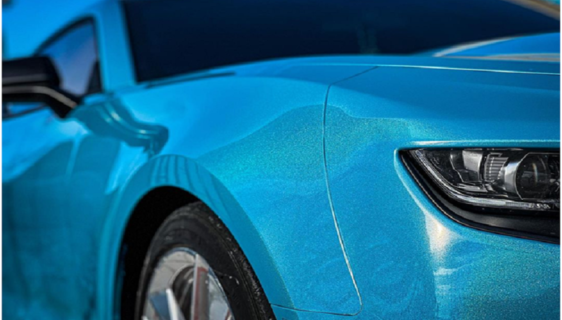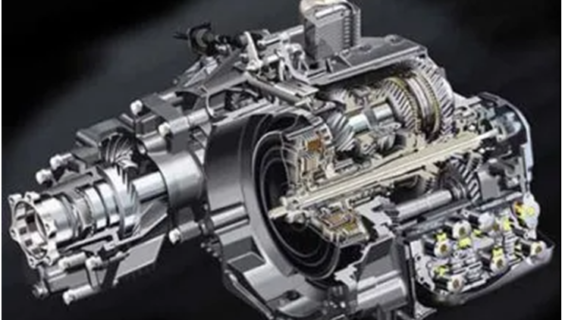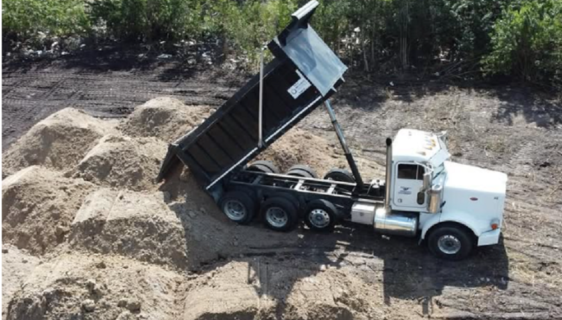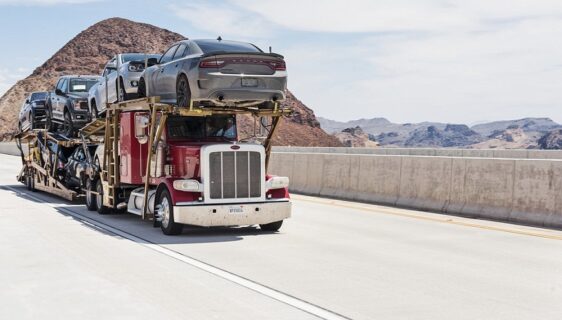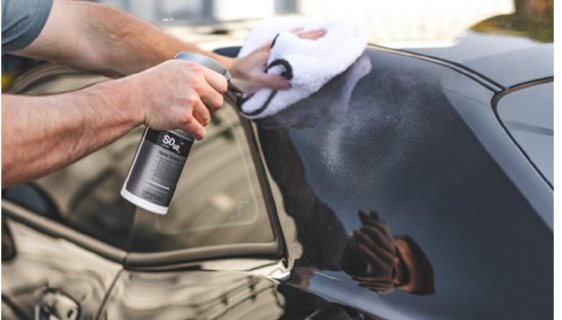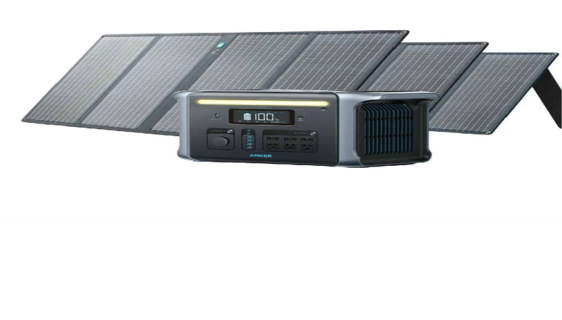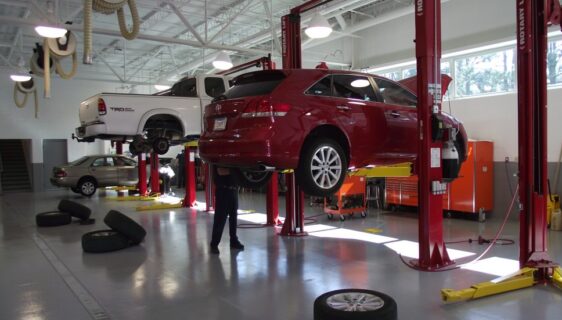In today’s busy market, businesses—big or small—are always looking for smart, low-cost ways to promote their brand. One great option is commercial vehicle wraps. These moving ads are easy to
-
-
European cars are known for their smooth handling, strong engines, and high-end features. One part that makes them different from many American and Asian cars is the transmission. Whether it’s a
-
In the construction, mining and transportation industries, dump trucks are indispensable vehicles. These trucks are designed for transporting loose materials like sand and gravel. They can also be
-
The moment a car is driven off the lot, its worth begins to diminish, often quite rapidly. It’s common for a car to lose about 20% of its original value within the first year, and it might decline
-
Transporting a vehicle from coast to coast can seem like a daunting task, but with the right approach and preparation, it doesn’t have to be. Whether you’re moving for a new job, relocating for
-
Starting a mobile car detailing business might be the most rewarding venture; it's low on overhead costs, flexible, and has huge profits. Here is your step-by-step guide. 1. Researching Your
-
Vancouver, a vibrant city nestled between the Pacific Ocean and the stunning Coast Mountains, offers some of the most picturesque boating experiences in the world. The surrounding waters, including
-
There’s a lot about the auto repair process that can be stressful. When you notice there’s a problem, you might be uncertain whether something is off or not. Sometimes, the nature of your problem
-
Deciding whether to repair or replace your car depends on several factors specific to your situation. Start by getting a detailed repair estimate to fully assess the financial impact. This estimate
-
Maintaining your diesel fuel injection pump is crucial for the efficiency and longevity of your diesel engine. As the heart of your engine’s fuel system, the injection pump plays a vital role in

